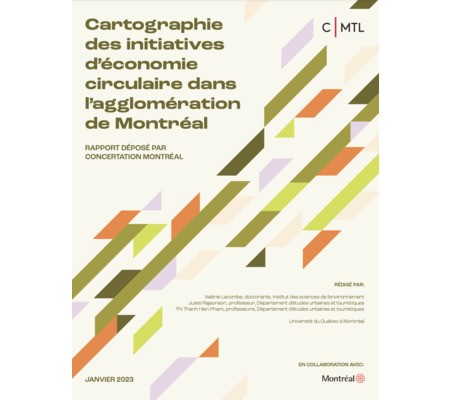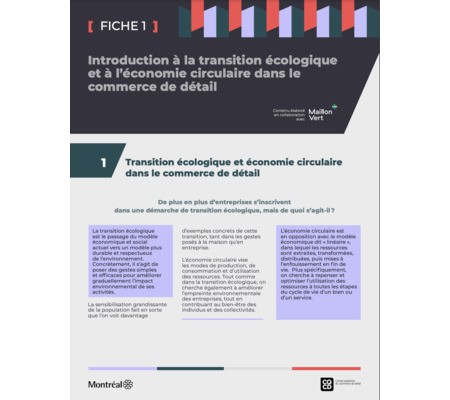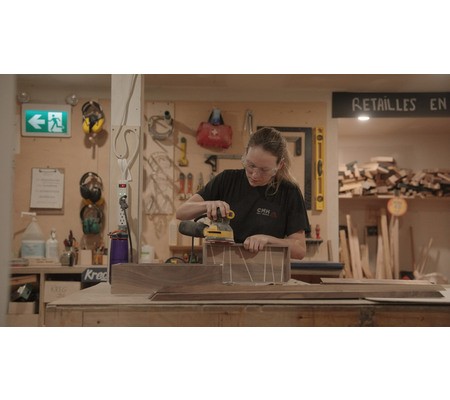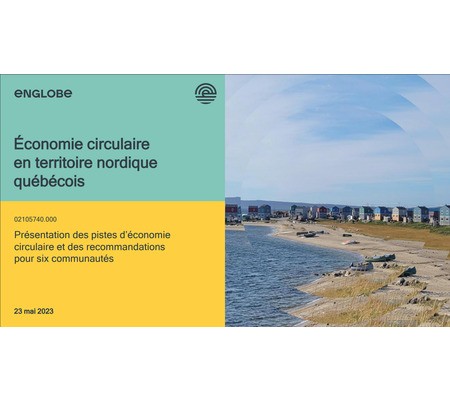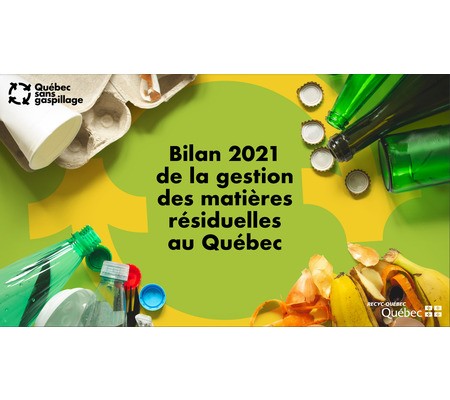The Circularity Gap Report - 2
- par Manon Boiteux
- /
- 2019-03-04 18:16:44
- /
- Quebeccirculaire.org
- /
- 1 320
- Auteur : Circle Economy
The Circularity Gap Report 2019 finds that the global economy is only 9% circular - just 9% of the 92.8 billion tonnes of minerals, fossil fuels, metals and biomass that enter the economy are re-used annually.
Climate change and material use are closely linked. Circle Economy calculates that 62% of global greenhouse gas emissions (excluding those from land use and forestry) are released during the extraction, processing and manufacturing of goods to serve society’s needs; only 38% are emitted in the delivery and use of products and services.
Yet global use of materials is accelerating. It has more than tripled since 1970 and could double again by 2050 without action, according to the UN International Resource Panel.
Circle Economy’s CEO, Harald Friedl, said: “A 1.5 degree world can only be a circular world. Recycling, greater resource efficiency and circular business models offer huge scope to reduce emissions. A systemic approach to applying these strategies would tip the balance in the battle against global warming.
“Governments’ climate change strategies have focused on renewable energy, energy efficiency and avoiding deforestation but they have overlooked the vast potential of the circular economy. They should re-engineer supply chains all the way back to the wells, fields, mines and quarries where our resources originate so that we consume fewer raw materials. This will not only reduce emissions but also boost growth by making economies more efficient.”
The report calls on governments to take action to move from a linear “Take-Make-Waste” economy to a circular economy that maximises the use of existing assets, while reducing dependence on new raw materials and minimising waste. It argues that innovation to extend the lifespan of existing resources will not only curb emissions but also reduce social inequality and foster low-carbon growth.
Source du document : Circle economy
